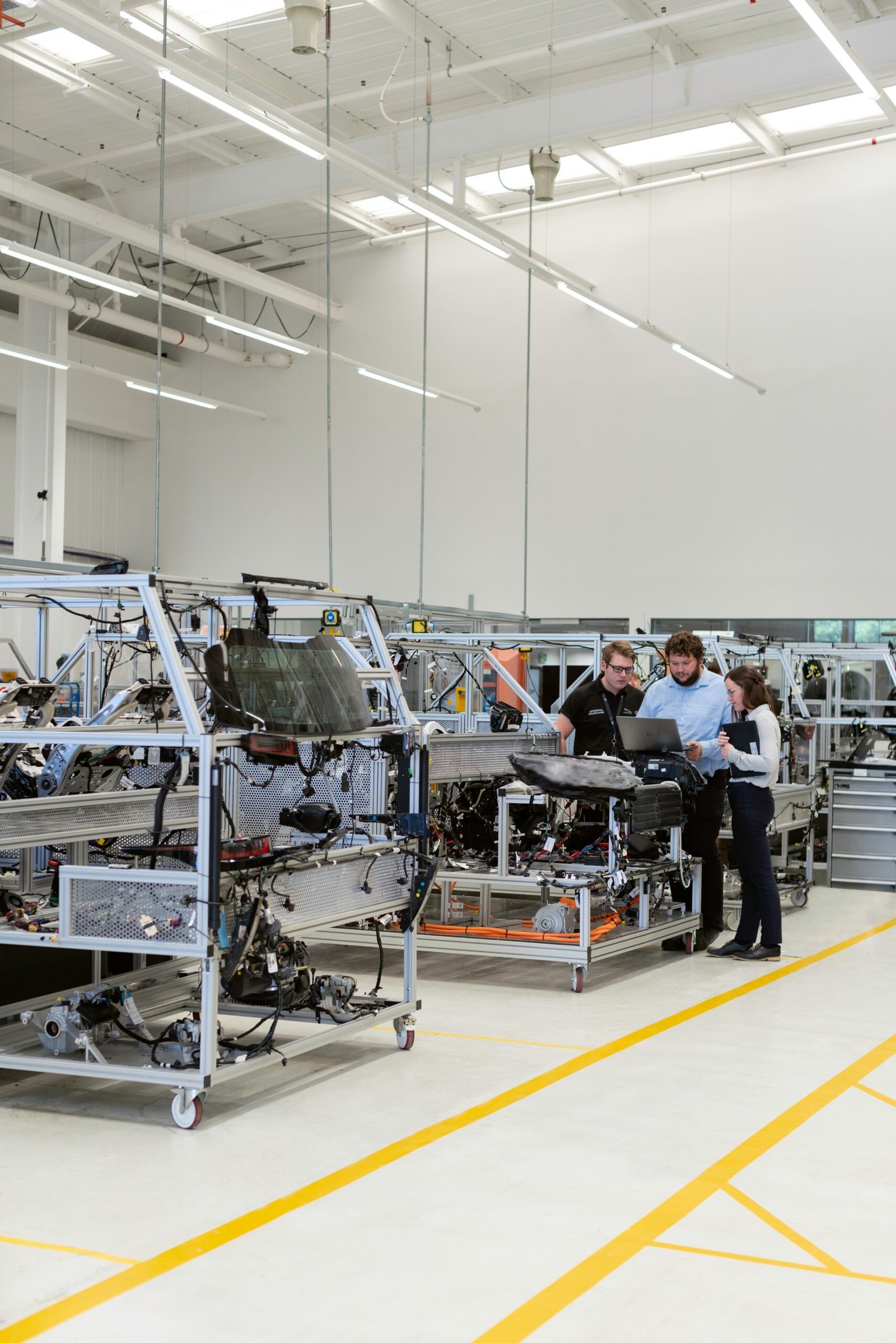The ongoing pandemic has revolutionized the workspace.
Amidst social distancing, employees have been forced to work from their homes, which has catalyzed the digitalization of companies and businesses. This digital transformation has inherent benefits, from improved agility to increased profits.
Unfortunately, employees are rarely involved in this process. Organizations often fail to realize that successful digitalization lies on the backs of the workforce. As a result, employees who have been working with primitive technologies for years find it difficult to adapt to modern ones. Consequently, these technologies end up decreasing workplace productivity instead of increasing it.
It is therefore essential that employees prepare themselves before any technological transformations take place in the workplace.
Below, we’ll discuss how you can achieve this for your business or company’s workforce.
Revise your hiring criteria
Companies and businesses should recognize the skills that employees in a modern, technologically advanced organization must possess. Training existing employees takes time, which is why it’s essential to ensure that newly hired employees already have the appropriate skills that the organization requires. These new employees may also assist and mentor existing employees who are learning new skills.
For instance, in this digital era where data is the new oil, data scientists and data analysts are the backbones of any successful organization. It’s not enough to merely collect data; you must draw conclusions and insights from said data too. Any organization interested in increasing its agility should look for applicants who have pursued an online master’s in analytics or related qualification. Similarly, companies and businesses should consider adding automation engineers, support specialists, and systems analysts to their arsenal. These professionals are at the frontlines of digital transformation.

Address any concerns or fear
Employees have every right to be fearful of change. The last few years have seen massive advancements in automation, artificial intelligence, and machine learning. There is a rising concern that machines will soon take over jobs traditionally performed by humans. Naturally, employers can’t expect employees to be productive when they believe their jobs are at stake.
Hence, convince your employees that technological transformations won’t take away their jobs. Instead, they’ll help create new ones. While it is possible that modern technologies may render specific jobs unnecessary, they will complement existing jobs in most cases. Employees also need to be reminded that they are opening themselves up to better opportunities by learning new, highly in-demand skills.
Highlight potential benefits
Another reason why a workforce may be reluctant to adopt new technology is that it may not see the benefits. Workplace culture is often one of the most significant inhibitors to the adoption of new technologies. Attitudes have three major components, and psychology dictates that a negative attitude can be changed by addressing its cognitive (belief and knowledge) component. In the case of negative attitudes towards new technology, you must provide evidence that the technology is, in fact, beneficial.
Executives should provide managers (and employees) with a clear, definitive list of the new technology’s benefits. For instance, if an organization is experimenting with a new web portal, employees should be informed that the new web portal is faster, easier to maintain, and more reliable.
Provide multidimensional training options
Different employees may not have the same response to other learning methods. The VARK model outlines four basic kinds of learning styles: visual, auditory, reading and writing, and kinesthetic. Employees may not respond favorably if you force them into using an inappropriate learning method.
Organizations must cater to each type of learner by adopting a multifaceted training program. This should include presentations, seminars, demos, interactive question-and-answer sessions, and physical hands-on experience. It is also worth realizing that training sessions should be short but effective; the modern workspace has no room for long, boring lectures. You should also provide employees access to on-demand video resources. In addition to free online courses, organizations should also consider providing allowances for paid ones.
Gamification or incentivization is another effective method of fostering employee interest in new technologies.

Choose technology carefully
The adoption rate of any technology is inversely proportional to its complexity. Complicated technologies with thick user manuals have steep learning curves, which will adversely affect their adoption rate. Sure, the functionality that technology provides is essential. Still, in the end, it is the workforce that interacts with this technology. Therefore, the right technology must have an intuitive user interface and should be easy to operate.
First and foremost, companies and businesses need to identify and understand their requirements clearly. Only then can they perform research and compare competing technologies available in the market. Procurement teams should be encouraged to run trials and obtain employee feedback before any technology is finalized.
Let employees demonstrate what they learn
New skills and practical knowledge are reinforced through repetition. Employees who have successfully completed training and are confident with new technology should mentor other employees. They may also attempt to demonstrate the technology during a meeting. Not only will this encourage other employees to learn by observation, but the employee demonstrating the technology will crystallize their skills in the process too.
Allow room for mistakes
We succeed by failing. We learn by making mistakes. Executives need to give employees adequate breathing space to experiment with new technologies. It is essential to realize that some employees may take more time to adapt to new technology than others. Failure must be followed up with positive reinforcement to maintain employee morale.
Executives need to set realistic adoption deadlines too. Employees may already have packed schedules, and forcing them to undergo training when they are exhausted is not a good idea. Instead, employees should be assigned small, bite-sized tasks to perform. For instance, managers may ask all employees to spend twenty to thirty minutes familiarizing themselves with new technology before the next meeting. During the meeting, a two-way conversation should ensue. Employees should be allowed to provide feedback and express any concerns they may have.

Conclusion
As companies and businesses continue to operate online and remote work becomes the new norm, the need for digitalization is evident. The World Economic Forum has predicted that the value of digital transformation across industries may hit $100 trillion by 2025. We cannot predict when the pandemic will finally be over – nor can we predict what the future will bring. Successful organizations are ones that quickly adapt in the face of change and uncertainty.
If you’re an executive, or a manager, planning to transform your organization’s workplace digitally, you must prepare your employees first. The list we’ve provided above is an excellent place to start.






